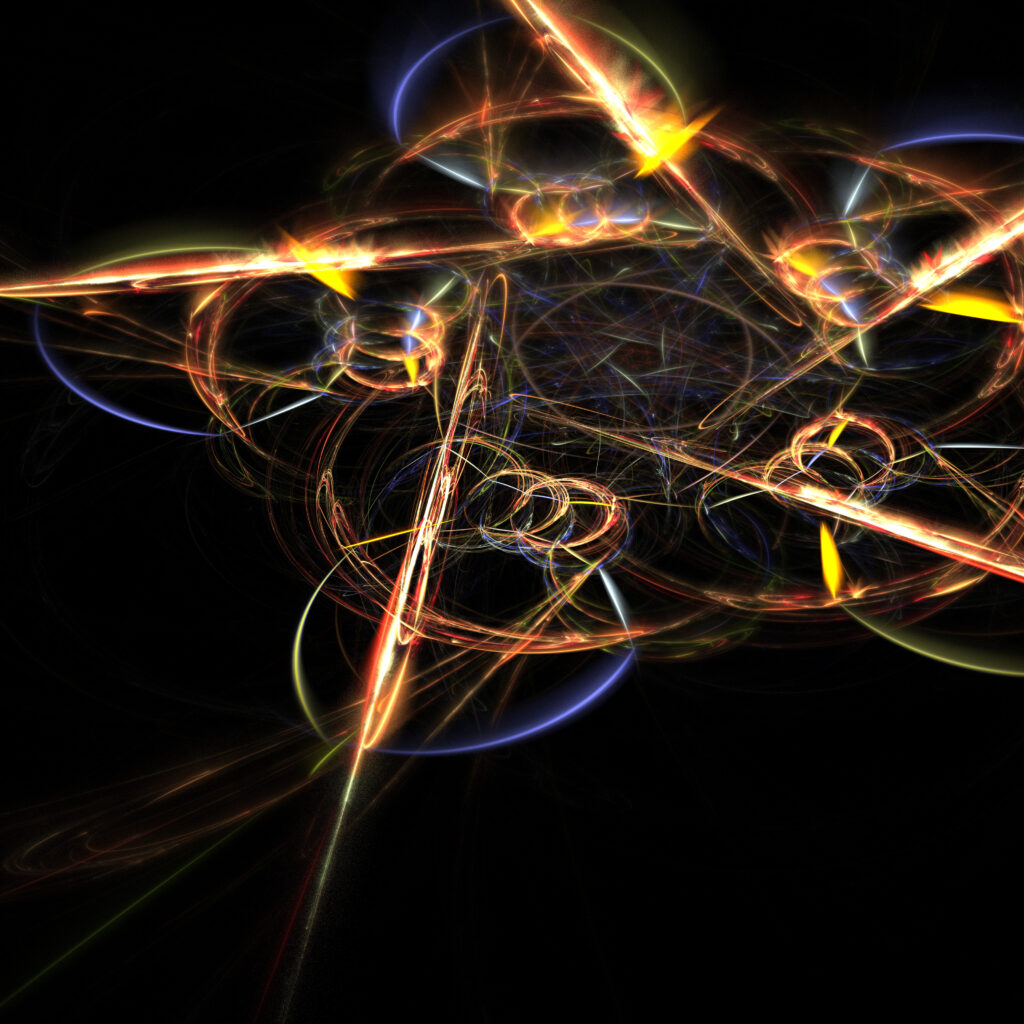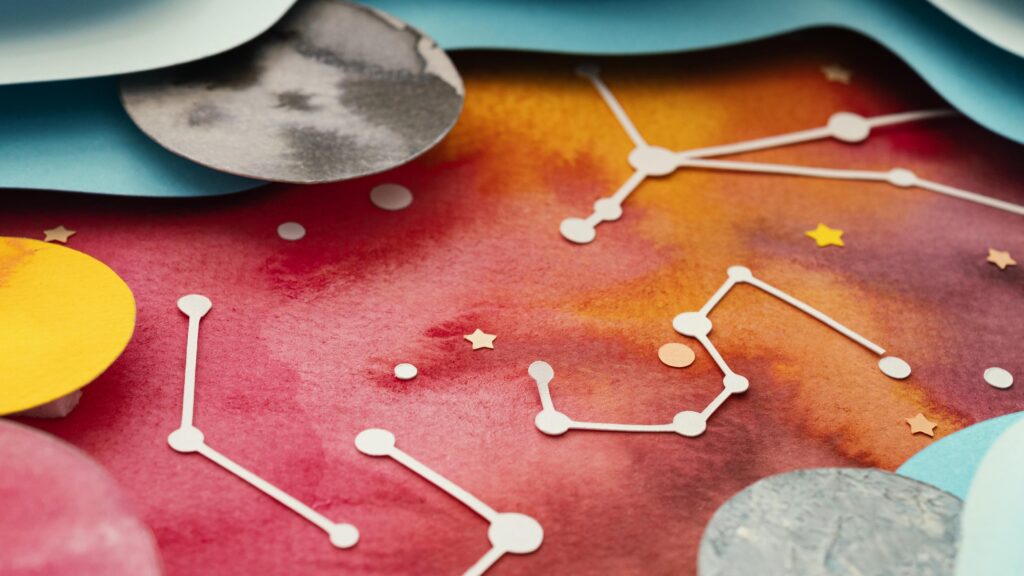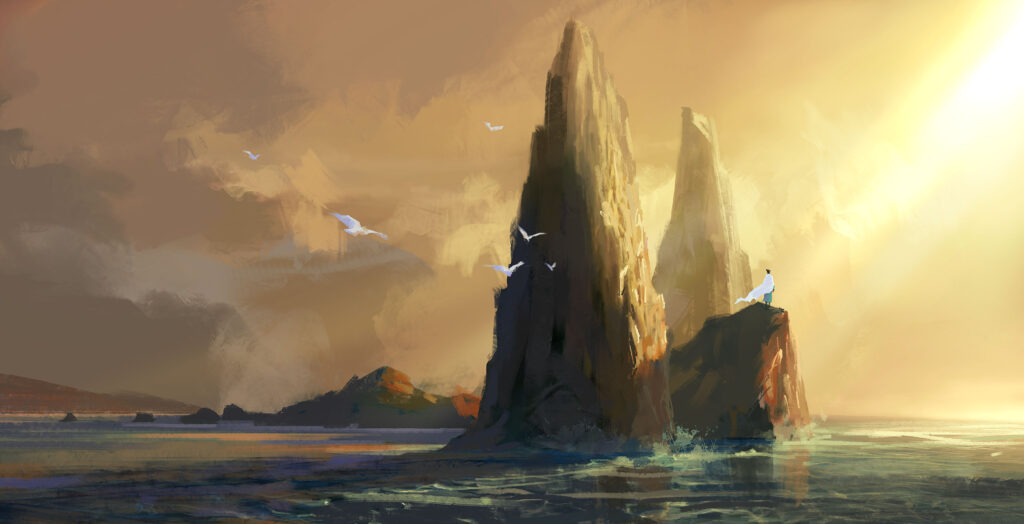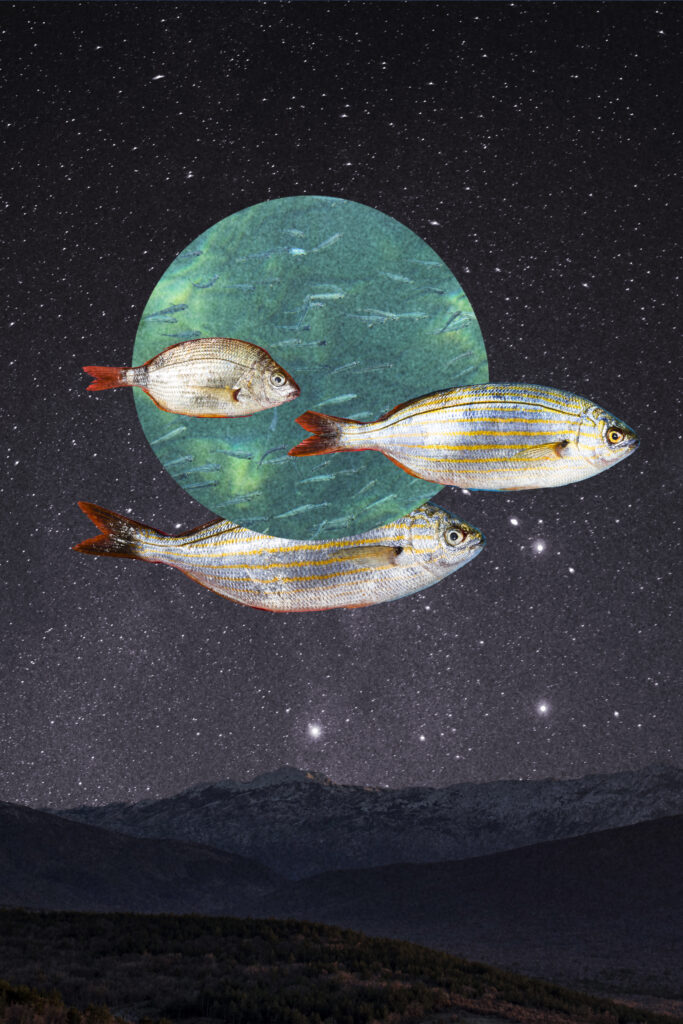Artistic Secrets Unveiled: GAN Technology Paintings
In the realm of contemporary art, Generative Adversarial Networks, or GANs, have ushered in a new epoch where the lines between human creativity and algorithmic precision are increasingly blurred.
This nuanced review of GAN technology paintings critically examines a burgeoning trend that marries the computational power of artificial intelligence with the traditionally human domain of artistic expression.
As we scrutinize the intricate dance of algorithms that can emulate styles ranging from the Renaissance to the abstract, questions surface regarding the authenticity of creativity and the artist’s role in the age of machines.
Through a dispassionate lens, we will explore how these digital creations challenge our perceptions of art and stir a debate on the originality and value attributed to works generated by non-human entities.
As the discourse unfolds, one cannot help but wonder: will the masterpieces of tomorrow be born from the brush or the byte?
Key Takeaways
- GANs can produce realistic images and synthesize original artwork in various styles.
- GANs challenge the traditional roles of artists and mediums, unveiling aesthetics that human artists might not have envisioned.
- GANs raise concerns about the authenticity and ownership of synthesized art, blurring intellectual property lines.
- GAN technology in art signifies a profound evolution in creative expression with benefits and critical challenges.
Understanding GANs

While GANs, or Generative Adversarial Networks, are lauded for their ability to produce stunningly realistic images, they function through a complex interplay between two neural network models, the generator and the discriminator, continuously learning from and adapting to each other’s outputs. At the core of a Generative Adversarial Network is the generator, which creates data that aspires to pass for authenticity, and the discriminator, which evaluates the data, differentiating between the genuine and the artificial.
The efficiency and personalized content generated by GANs has proven invaluable in art and design, pushing creative boundaries by synthesizing original artwork that can mimic any style.
However, the analytical lens through which we view GANs must also scrutinize their limitations and ethical implications. The variability in content quality and lack of control over the generated results can be problematic, and the potential for data privacy breaches must be noticed. This innovative technology raises questions about authenticity and the value of human creativity.
Furthermore, the use of AI for art authentication, exemplified by the analysis of Raphael’s paintings, could revolutionize art scholarship. Yet, it simultaneously invites a critical examination of the criteria and algorithms that underpin such assessments, ensuring they stay within the nuanced expertise of human scholars.
The Artistic Process

Exploring the artistic process through the lens of GAN technology reveals a paradigm shift in the creation and conceptualization of art, where the traditional roles of artist and medium are challenged and redefined. Machine learning, specifically through Generative Adversarial Networks, propels a new artistry collaboratively woven by human intention and algorithmic autonomy.
The machine’s role transitions from tool to co-creator, raising profound questions about the nature of creativity and authorship.
The artistic process, as influenced by GANs, can be encapsulated by the following points:
- The iterative adversarial training cultivates an environment where art transcends human bias, potentially unveiling aesthetics that might never have been envisioned by human artists alone.
- This technology facilitates the exploration of uncharted artistic territories, liberating creators from the constraints of traditional mediums.
- GANs challenge the authenticity of the creative process, confronting the audience with the uneasy reality that art can now be synthesized raising concerns over originality and ownership.
- Integrating GANs in art production signifies a disruptive yet evolutionary step, redefining the boundaries between art, technology, and human expression.
This analytical perspective underscores the dual-edged nature of GANs within the artistic process, acknowledging their potential to innovate while scrutinizing their implications for the future of art.
GANs in Artistic Innovation

Generative Adversarial Networks (GANs) stand at the forefront of artistic innovation, offering an unprecedented fusion of creativity and computation that transforms the visual arts landscape. As AI art gains prominence, GANs emerge as pivotal in synthesizing realistic images and original artwork, reflecting a marked shift in the paradigm of creative expression. These machine-learning frameworks empower artists to experiment with novel styles and concepts, propelling the boundaries of imagination into uncharted territories.
However, integrating GANs within the artistic domain is full of scrutiny. The technology’s propensity to generate content with varying quality raises questions about the reliability of AI art. Moreover, the ethical implications concerning ownership and authenticity loom large. The sale of a GAN-generated painting at Christie’s for $432,500 underscores the market’s burgeoning interest, yet it simultaneously ignites debates about the value of machine-mediated artistry.
GANs also serve a critical role in the authentication and analysis of historical works, exemplifying their utility beyond creation. Nonetheless, the artistic community remains divided. While some embrace the technological infusion for its exploratory potential, others lament the perceived erosion of human-centric art, challenging the definition of artistic provenance.
Technical Breakdown

Turning to the technical underpinnings of Generative Adversarial Networks (GANs), it is crucial to comprehend the foundational mechanics that enable these systems to produce complex artistic works.
The interplay between the generator and discriminator models facilitates the creation of novel imagery and questions the boundaries of artistic authenticity and originality.
A critical analysis of the artistry techniques employed by GANs will shed light on the nuanced balance between human creative input and algorithmic output in digital art.
GAN Fundamentals Explained
Delving into the mechanics of Generative Adversarial Networks (GANs), one must comprehend the interplay between the generator and discriminator models that define their core architecture. The generator creates new instances while the discriminator evaluates them against actual data. This dichotomy fosters a competitive environment where each strives to outperform the other, leading to improved AI-generated content.
However, a critical analysis reveals several points of contention:
- Quality Variability: The output can be inconsistent, raising questions about artistic merit.
- Control Dilemmas: Artists grapple with the unpredictability of AI-driven creative processes.
- Ownership Issues: GANs blur intellectual property lines, posing legal challenges.
- Privacy Concerns: Sourcing training data could infringe on personal rights, necessitating ethical review.
Analyzing GAN Artistry Techniques
Exploring the intricacies of GAN artistry techniques, we observe a complex interplay of algorithms and creativity that pushes the boundaries of traditional art forms. GAN technology enables the synthesizing of images that mirror reality or spawn unprecedented artistic expressions. This technical breakdown reveals how adversarial training refines the generative process, enhancing the aesthetic quality and detail of the artwork produced.
| Component | Function |
|---|---|
| Generator | Creates new images from random noise |
| Discriminator | Evaluates the realism of generated images |
| Adversarial Training | Iteratively improves the generator’s output |
| Image Synthesis | Produces complex and realistic textures and patterns |
| Art Authentication | Validates originality and assists in historical analysis |
Critically, while GANs democratize art creation, they also raise concerns regarding originality and privacy, challenging the very definition of artistic authorship.
Machine Vs. Human Creativity
The advent of GAN technology in art raises profound questions about the nature of creative authorship, challenging the traditional boundaries between human and machine-generated creativity.
While GANs can emulate the stylistic elements of renowned artists, there is a palpable disparity in emotional resonance when comparing their outputs to those conceived through human experience and intent.
This dichotomy necessitates a critical examination of the intrinsic value we ascribe to art and the role of human touch in its appreciation.
Defining Creative Authorship
Challenging the conventional boundaries of artistic ownership, AI-generated art raises pivotal questions about the true nature of creativity in the intersection between human ingenuity and machine learning. The advent of artificial intelligence in art has led to a reevaluation of what constitutes creative authorship.
- Who is the rightful creator of an AI-generated piece—the programmer, the algorithm, or the machine itself?
- Can a lack of emotional depth in AI artwork diminish its authenticity as an actual piece of art?
- How does the replication of styles by GANs impact the value of original human-created works?
- Will the commoditization of AI art alter the essence of what we consider genuine artistic expression?
These considerations necessitate a critical analysis of how artificial intelligence redefines authorship within the creative process.
Emotional Resonance Disparity
While AI-generated art can induce emotional reactions, it frequently lacks the profound and nuanced emotional depth characteristic of works created by human artists, who draw upon personal experience and subjective interpretation.
The emotional resonance disparity between machine and human creativity becomes evident when examining the layers of emotion conveyed through art. GAN technology, while sophisticated, often produces art that, albeit aesthetically pleasing, may only partially embody the complexities and subtleties of human emotion.
The lack of personal experiences and the human touch in machine-generated art can diminish the emotional impact. This disparity is crucial for understanding the evolving dynamics of AI in the art world and its implications for how we engage with and are moved by art.
Reviewing GAN Masterpieces
Delving into GAN-generated art, a critical analysis unveils a spectrum of masterpieces that mimic traditional human creativity and pioneer novel aesthetic realms.
The essence of GAN technology in art is encapsulated by its dual capacity to:
- Replicate the nuanced strokes of classical painting, challenging the boundary between human-made and machine-generated artistry.
- Infuse the digital canvas with unprecedented patterns, transcending conventional artistic limitations and introducing viewers to the avant-garde.
- Provoke introspection on the nature of creativity as GANs orchestrate symphonies of pixels without consciousness or intent.
- Stir debate over the authenticity and soul of art, as these creations lack the personal touch inherent to human artists.
However, the critical eye discerns variability in quality, with some outputs falling short of aesthetic merit while others astonish with their complexity and depth.
The implications of GAN technology in the art world are profound but fraught with ethical dilemmas regarding authorship and originality. This analytical lens scrutinizes the technical prowess of GANs against the backdrop of a rich artistic tapestry, prompting a reevaluation of the intrinsic value and definition of art itself.
Ethical Considerations
Exploring the ethical landscape of GAN-generated art, the question of ownership and authenticity emerges as a critical concern in the discourse on digital creativity. As Generative Adversarial Networks (GANs) increasingly permeate the art world, the line between human-made and machine-generated becomes blurred.
The discriminator’s role in GAN technology is to judge the authenticity of the generated images, striving to differentiate between human-created art and AI-generated pieces. This discriminator tries to enforce a level of quality, yet it also embodies the ethical problems facing artists and critics alike.
The reliability of GAN-generated content is a contentious issue. On the one hand, the discriminator tries to ensure that outputs meet a certain standard. On the other, the unpredictable nature of these creations can lead to questions about the integrity and value of GAN artworks. Moreover, the control—or lack thereof—over the resultant images stirs ethical debates within the art and design sectors. As the discriminator tries to navigate these complexities, the industry must confront the ethics of artistic creation in the age of machine learning.
Data privacy is another ethical frontier, as GANs require substantial datasets to learn and create. Within its algorithmic confines, the discriminator tries to protect the privacy of the data used, yet this is an area ripe with potential for misuse. The technical barriers to entry, including the sophisticated knowledge and resources to operate GANs, raise additional ethical questions about accessibility and equity in the artistic landscape.
The Future of AI Art
The advent of GAN technology in art presages a transformative era where the boundaries of creativity are continually expanded by artificial intelligence. This paradigm shift is marked by an interplay of algorithmic sophistication and human artistry, leading to a landscape ripe with innovation and controversy.
Consider the following aspects of the future of AI art:
- GAN technology will enable artists to explore previously unimaginable styles and concepts, pushing the envelope of visual aesthetics.
- The speed of content generation will increase, allowing for rapid prototyping and iteration in design workflows.
- Artistic authorship and originality may be challenged as the line between human-created and AI-generated content blurs.
- Ethical concerns will intensify as issues of data privacy and copyright implications in AI-generated content come to the fore.
In an analytical sense, the trajectory of GAN technology in art is not a mere trend but a harbinger of a profound evolution in creative expression. Its benefits, while promising, are matched by a spectrum of critical challenges.
The industry must navigate the technical complexity and ethical problems to harness the full potential of AI in art without diluting human ingenuity.
Engaging With GAN Artwork
Engagement with GAN-generated artwork necessitates a nuanced understanding of the creative capabilities and ethical implications of this emerging form of digital expression. As these algorithms generate content that blurs the lines between human and machine creativity, they challenge our preconceptions about the origin and authenticity of art. Their integration into the visual culture is reshaping the landscape of art and design, introducing a digital renaissance that fascinates and unsettles traditional norms.
The allure of GANs lies in their ability to produce original and unique content, pushing the boundaries of conventional creativity. However, this innovation comes with its dilemmas. The ethical dilemma surrounding the ownership of AI-generated art and the reliability of such content demands critical scrutiny. Who is the rightful author of a piece when an algorithm determines the brushstrokes?
Furthermore, the potential of GANs to revolutionize the art market and the processes of art authentication poses significant questions about the future role of AI in art. As industries like fashion, film, and gaming harness these tools for personalized and efficient design, it is imperative to reflect critically on the broader implications of their use, ensuring that engagement with GAN artwork remains informed and ethically sound.
FAQs
What is GAN technology, and how is it used to create paintings?
GAN technology, or Generative Adversarial Network technology, involves using generative and discriminative models in an adversarial training process. In the context of paintings, GANs are employed to generate new and realistic artworks.
How do paintings created with GAN technology differ from traditional paintings?
Paintings created with GAN technology differ because they are generated by artificial intelligence rather than handcrafted by human artists. GAN-generated paintings often exhibit unique styles and characteristics that blend creativity with computational algorithms.
What artistic secrets are unveiled through the use of GAN technology in paintings?
GAN technology unveils artistic secrets by exploring novel styles, compositions, and visual elements that may not have been traditionally explored. It opens up new creative possibilities and challenges traditional notions of artistic creation.
Can artists collaborate with GAN technology to create paintings?
Yes, artists can collaborate with GAN technology by using it as a tool to inspire, augment, or co-create artworks. They can guide the GAN model, adjust parameters, and incorporate their artistic sensibilities into the generation process.
How is the review of paintings created with GAN technology conducted?
Reviewing paintings created with GAN technology involves evaluating the aesthetic qualities, creativity, and uniqueness of the generated artworks. It may also include considerations of the GAN model’s training data, biases, and the overall impact of the paintings.